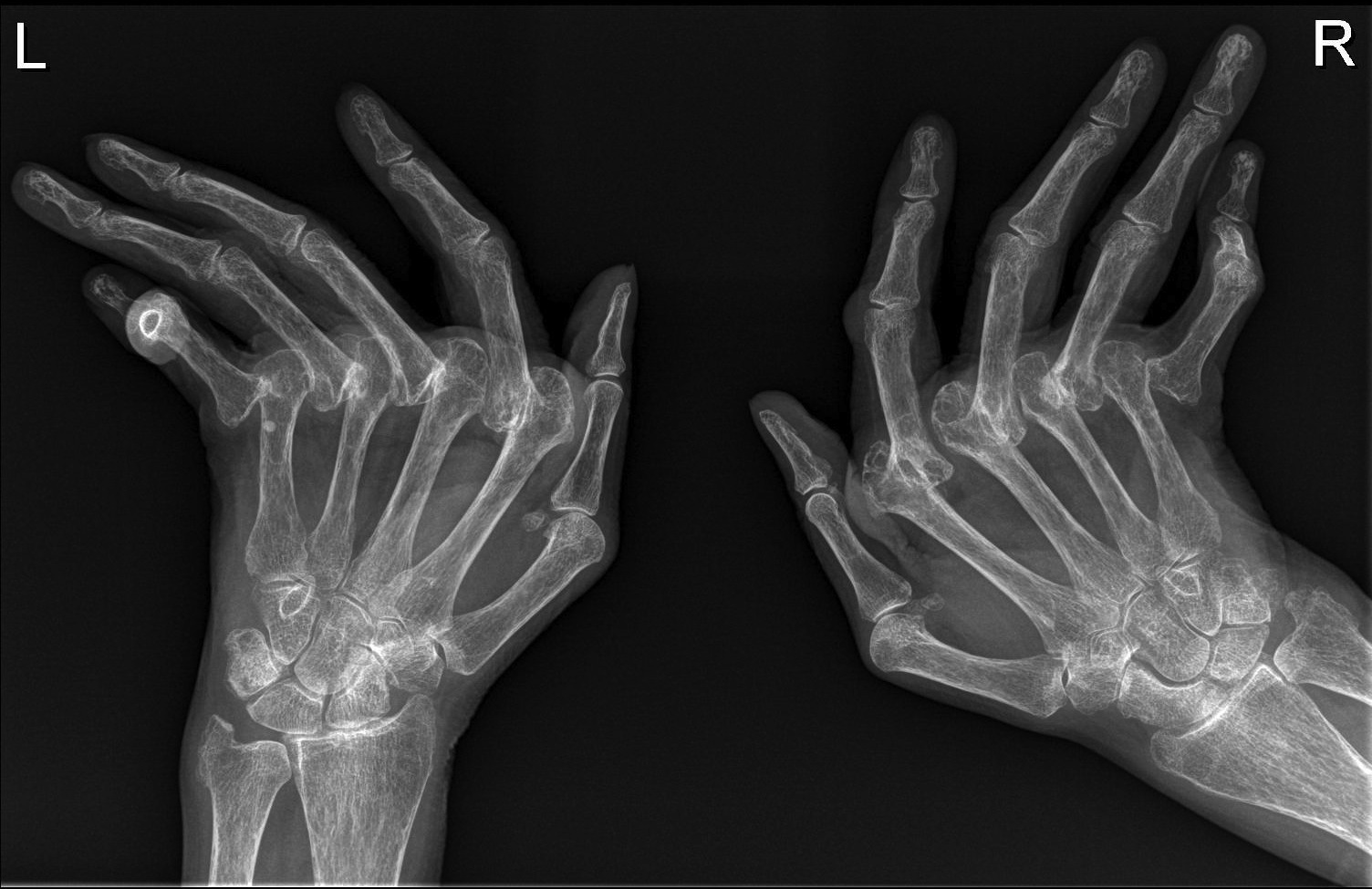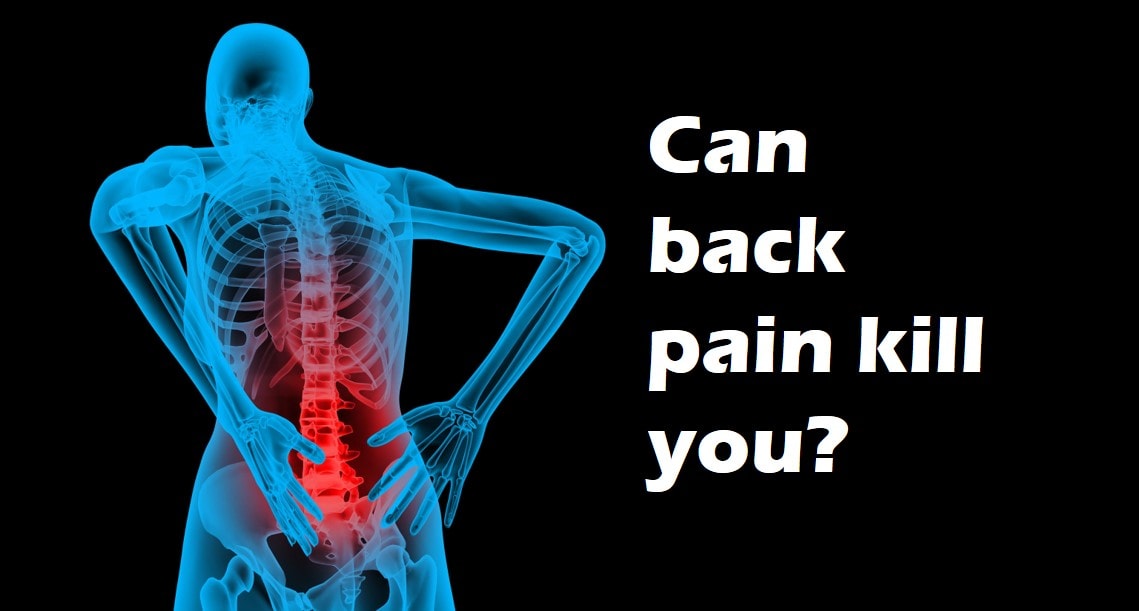

If you have theįollowing symptoms, spinal stenosis may be to blame:

Space around the spinal cord puts pressure on the nerves. Most common causes of spinal pain not related to injury. And disk issues can feel a lot like inflammatory arthritis. So do spinal stenosis and neuropathy of diabetes (previously referred to as diabetic neuropathy), which is nerve damage in the legs and feet. “The problem with assuming is that we often see people who have medical issues that are mistaken as only a spine issue, when it could be a medical issue on its own - or a combination of the two,” says physical medicine/rehab specialist Tagreed Khalaf, MD.įor example, lumbar spinal stenosis is a nerve problem and peripheral arterial disease is related to blood flow, but the two have many symptoms in common. We do not endorse non-Cleveland Clinic products or services. Advertising on our site helps support our mission. To learn more about age-related back pain, contact us by calling Healthy Life Family Medicine or booking an appointment online today.Cleveland Clinic is a non-profit academic medical center. The sooner we can identify the cause of your symptoms, the faster we can develop a personalized strategy to address your symptoms and keep your condition from worsening. When you’re having back pain - even if it seems mild - you should schedule an appointment as soon as possible to get an accurate diagnosis. Practicing good posture, body mechanics, and ergonomics.Avoiding activities that can cause back strain or injury.In addition to engaging in regular exercise and strength training, you can also keep your spine healthy by:

Regular exercise not only reduces your risk of age-related back pain, but it can also prevent additional deterioration if damage already exists. Now, we understand that it’s crucial to move your body and strengthen back and abdominal muscles to help keep discomfort at bay. Once, the standard course of treatment for back pain was rest. But they shouldn’t be debilitating, and it doesn’t mean they’re inevitable. These expected changes can make mild aches or pains in your back a normal part of the aging process. Other age-related changes in your back that can cause pain include: This condition, known as spinal stenosis, puts pressure on your spinal nerves and cord, which can trigger pain. It’s also common for the area around your spinal cord to grow more narrow. When this happens, you can start experiencing more stiffness and pain in your back as your vertebrae start rubbing against each other. Together, your vertebrae protect your spinal cord and nerves while also allowing flexibility and creating movement in your back.Īs you grow older, your intervertebral discs begin drying out, wearing away, and shrinking. You have a rubbery pad, or intervertebral disc, in between each of these bones that cushions your vertebrae and keeps them from rubbing against each other. Your spinal column consists of 33 bones called vertebrae. That’s because the aging process leads to specific changes within your spine. And, unfortunately, your chances of having back pain - especially in the lower part of your back - only increase as you grow older. Nearly 85% of men and women will have some form of neck or back pain during their lifetime.
#SPINE PAIN HOW TO#
But is it really? At Healthy Life Family Medicine, John Monroe, MD, and our team can help you understand what’s normal when it comes to your back pain and how to reduce your chances of this common problem. We hear it all the time: I’m getting older, so it’s normal to have aches and pains.


 0 kommentar(er)
0 kommentar(er)
